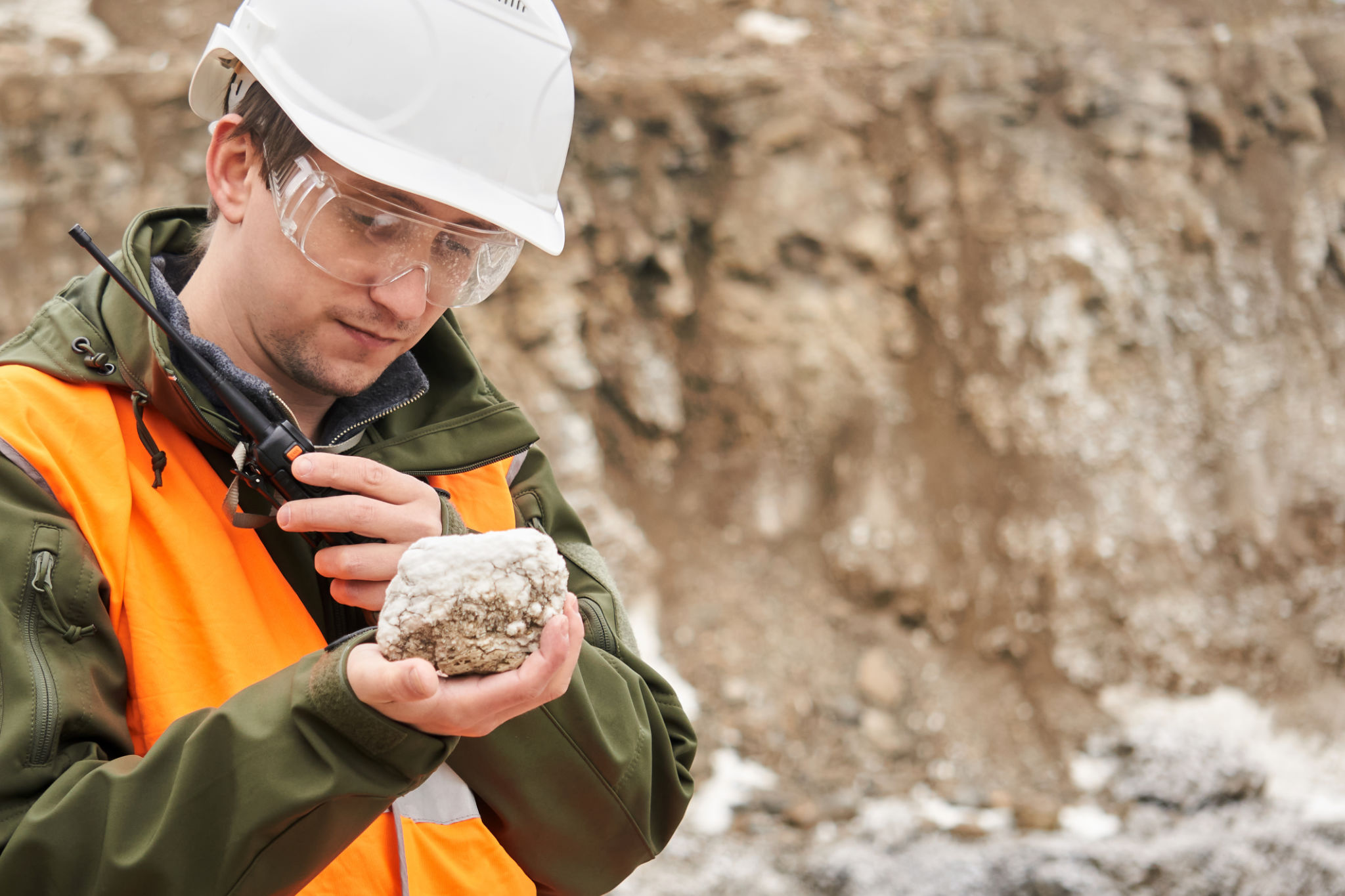A Guide to Geological Prospecting: Best Practices and Technologies
Understanding Geological Prospecting
Geological prospecting is the first critical step in the exploration of natural resources. It involves identifying locations where valuable minerals and resources are likely to be found. This process is essential for industries like mining, oil, and gas, as it helps in determining where to focus extraction efforts. The success of prospecting relies heavily on the integration of scientific knowledge and modern technology.

The Importance of Accurate Geological Surveys
Accurate geological surveys are the foundation of successful prospecting. These surveys involve collecting data about the earth's surface and sub-surface, which helps geologists understand the composition, structure, and history of a particular area. By creating detailed maps and models, geologists can predict where mineral deposits might be located. Precision in these surveys can significantly reduce the time and cost associated with resource extraction.
Geological surveys typically employ a combination of traditional techniques and modern technologies. Fieldwork, where geologists physically examine rock formations and soil composition, remains crucial. However, advancements in technology have introduced new methods that enhance the accuracy and efficiency of these surveys.
Embracing Advanced Technologies
The advent of advanced technologies has revolutionized geological prospecting. Tools like Geographic Information Systems (GIS), remote sensing, and aerial drones have become indispensable in modern prospecting. GIS allows geologists to analyze spatial data and create comprehensive maps that identify potential resource locations. Remote sensing, using satellites or aircraft, provides valuable data on mineral deposits without direct contact with the surface.

Aerial drones also play a significant role in prospecting by providing high-resolution images and real-time data, enabling geologists to cover large areas quickly and safely. These drones can access difficult terrains, capturing detailed images that assist in creating 3D models of the landscape. This technology not only enhances the precision of prospecting efforts but also improves safety by reducing the need for extensive ground exploration.
Best Practices in Geological Prospecting
Implementing best practices in geological prospecting is crucial for maximizing success while minimizing environmental impact. Here are some key practices to consider:
- Environmental Assessment: Conduct thorough environmental impact studies before beginning any prospecting activities.
- Community Engagement: Engage with local communities to address concerns and gain support for prospecting activities.
- Data Integration: Combine data from various sources for a comprehensive understanding of the geological landscape.
By adhering to these best practices, companies can ensure that their prospecting efforts are not only effective but also responsible.

Case Studies: Successful Geological Prospecting
Several case studies highlight the success of modern geological prospecting techniques. For instance, the discovery of significant copper deposits in South America was made possible by integrating GIS technology with traditional survey methods. In another case, remote sensing was instrumental in identifying underground oil reserves in the Middle East, leading to efficient extraction processes.
These examples demonstrate how combining traditional knowledge with cutting-edge technology can lead to remarkable discoveries, ultimately benefiting both industries and local economies.
The Future of Geological Prospecting
The future of geological prospecting looks promising with continuous advancements in technology. Artificial intelligence and machine learning are expected to play a significant role in analyzing geological data, making predictions more accurate than ever before. Additionally, sustainable prospecting practices will likely become more prevalent as industries focus on reducing their environmental footprint.
As technology evolves, so too will the methods used in geological prospecting, paving the way for more efficient and environmentally conscious resource exploration.
